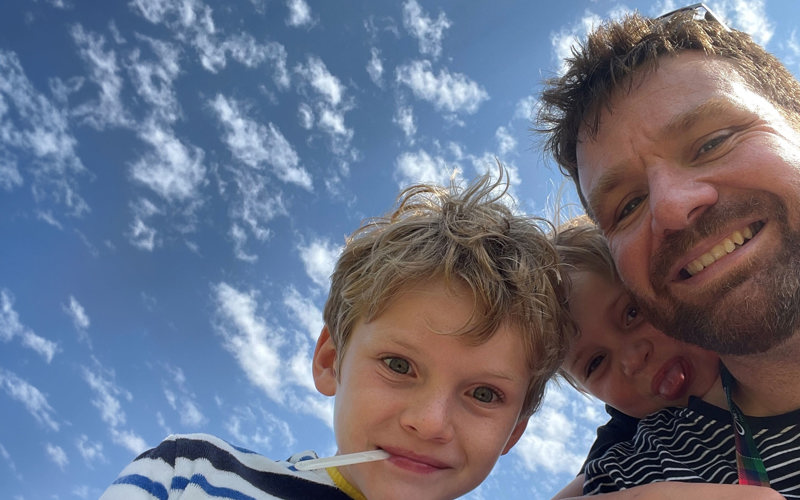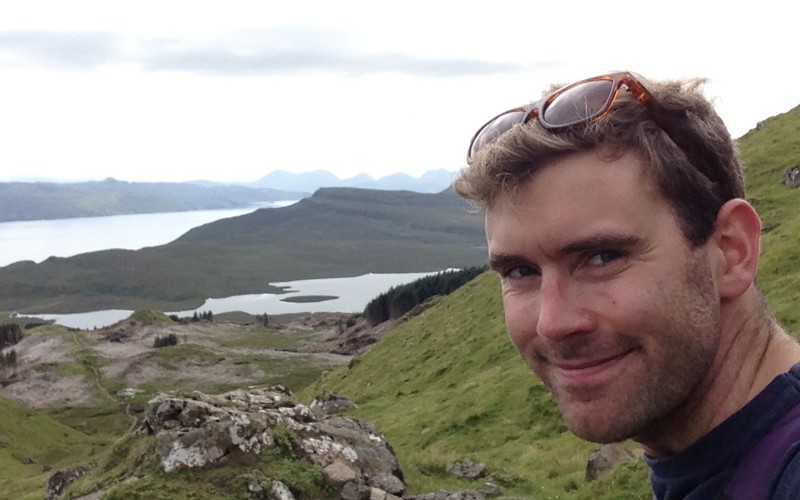What’s your role at RDS and what does your typical workday involve?
I’m the Chief Information Officer at RDS, a role I’ve occupied since August 2022. Is it a cop out to say there is no typical workday? Because we’re still a relatively new organisation, it means there’s a bit of a movable feast when it comes to what happens on a day-to-day basis.
I have oversight of our digital service development, information governance, and our technical infrastructure. Any one of those areas can mean I’m immersed in the throws of delivery, or planning our strategic direction, or getting my head round a specific problem (given our newness, this often means things we’ve not encountered before), or in discussions with our wide array of partners. Variety is the spice of working life, although a few less Teams calls wouldn’t go amiss 😊
What’s your background and how does it give you additional insight to your work at RDS?
I’ve been in digital roles since 1996, which makes me either a bit of a dinosaur or vastly experienced – you decide!
My career actually started in book publishing which gave me a brilliant grounding in (what we now call) content and design – and there are still elements from my time in publishing that come into my working life every day. The finality of having had to send a book off to print means I can be quite nerdy around details.
My digital roles span the education, charity, and arts and culture sectors, and I also spent four years in a commercial digital development agency. Before RDS, I was in a digital transformation role in Scottish Government for six years.
I’ve not deliberately flitted from one sector to another, and I’ve found that my roles have naturally blended in terms of responsibilities and ethos. I can draw a really strong line between those different areas and see how different approaches have (and sometimes haven’t) worked depending on how organisations are set up and how they function.
In my time I’ve worked with both extraordinarily large and ridiculously tiny budgets, and it’s always interesting to see the difference this can have on an organisation’s culture and output. It’s surprising what can be delivered when your cash and resources are relatively constrained.



